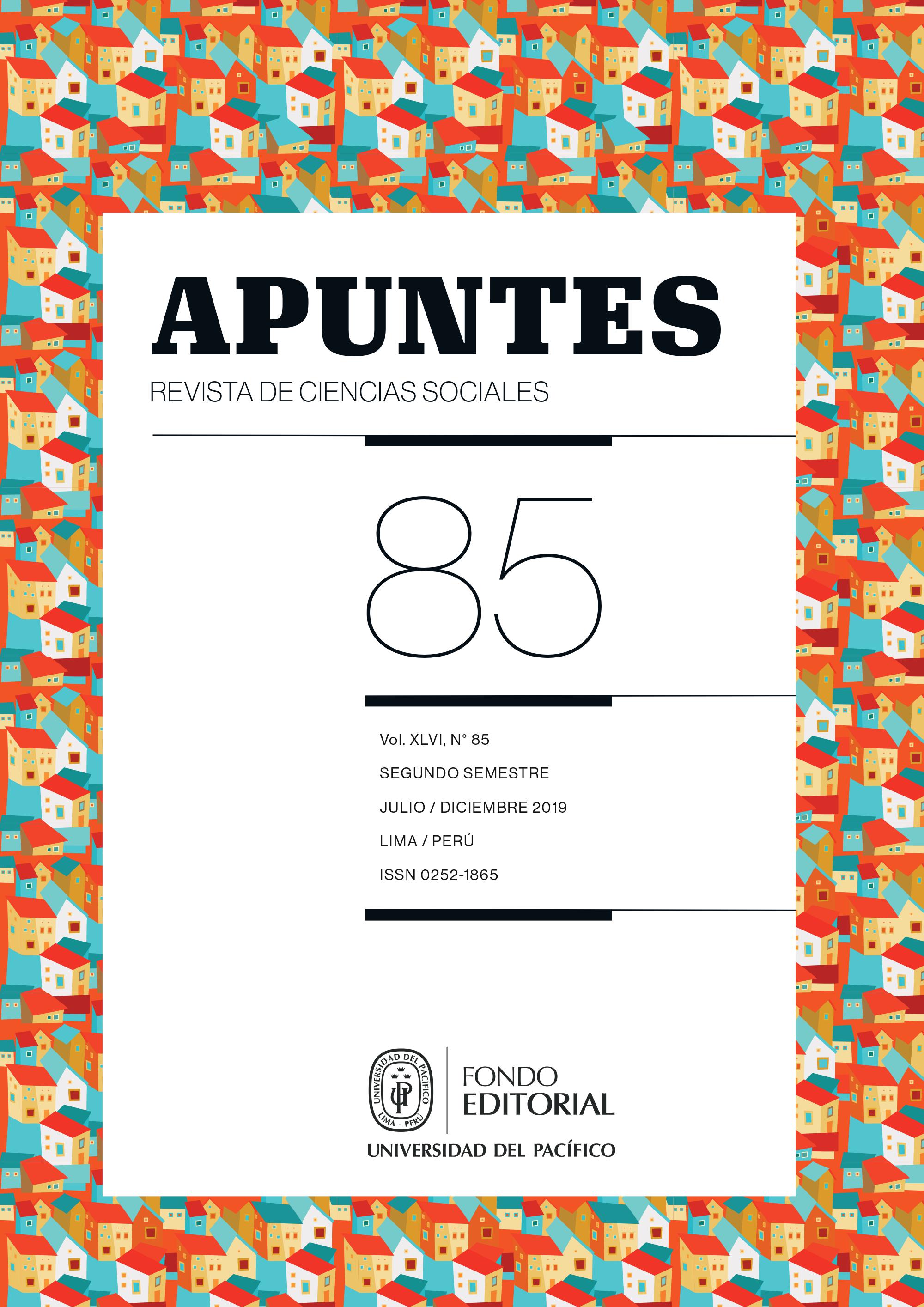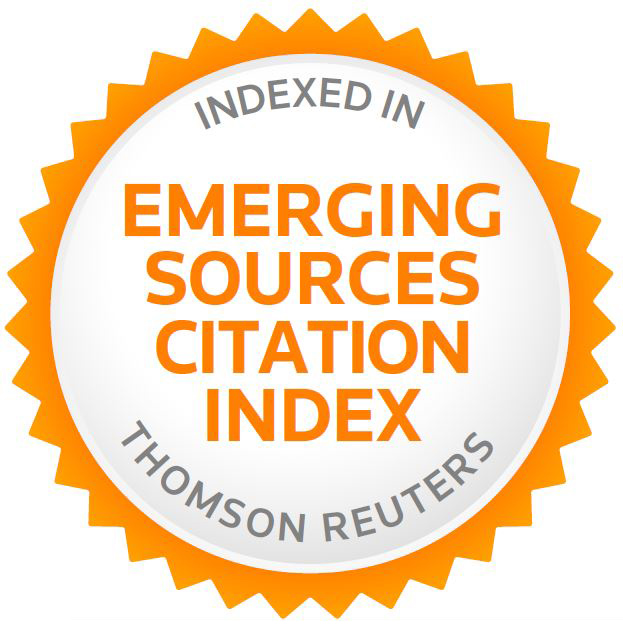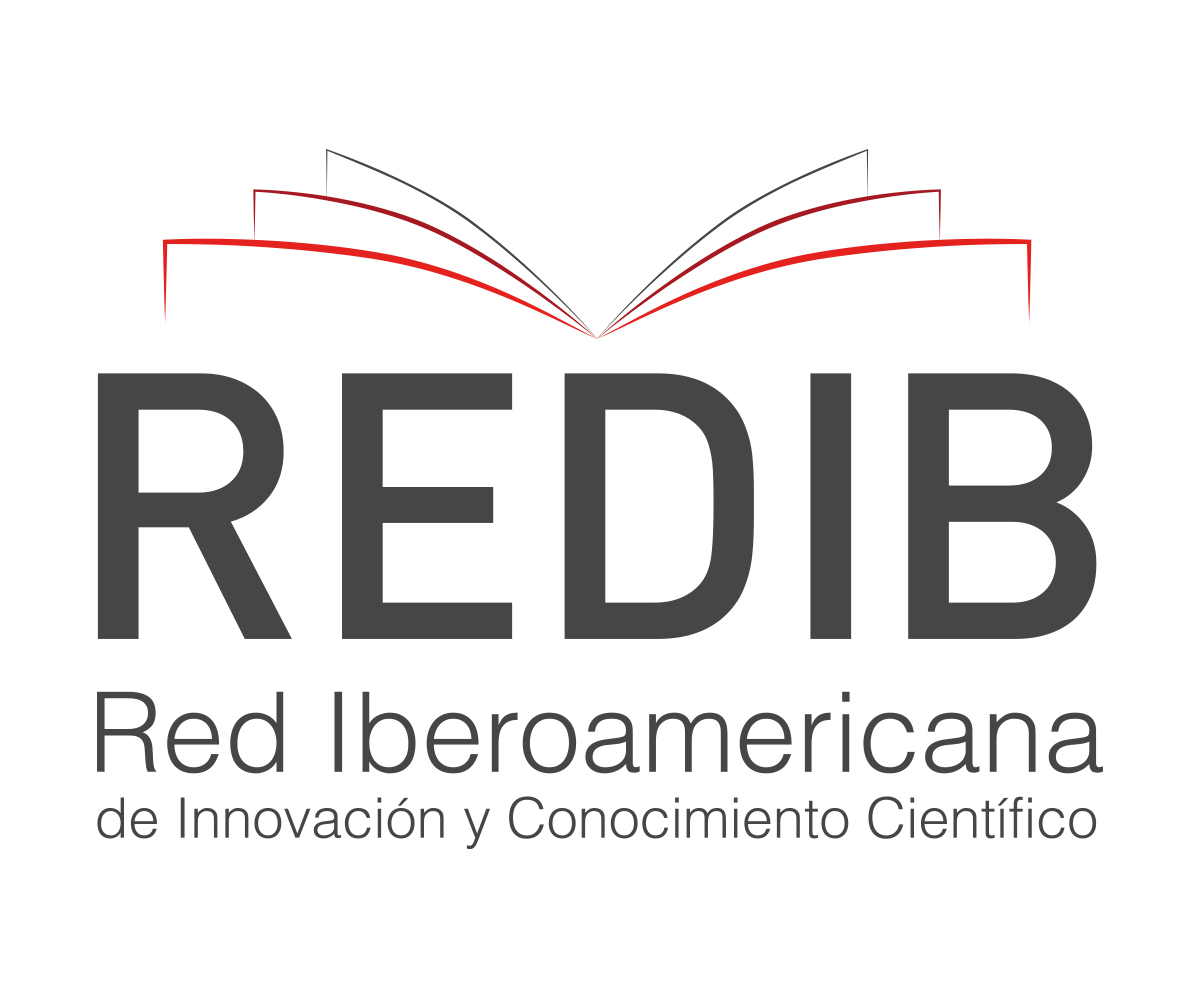Viajes anteriores y destinos futuros en el estudio del turismo
Resumen
Este ensayo sirve para introducir el número de Apuntes sobre el turismo. En él se define el turismo, se resume la historia de su desarrollo y se revisa los debates académicos sobre su significancia y consecuencias. También se ofrece un resumen de los logros del estudio del turismo en América Latina y el Perú, se sugiere temas posibles para investigar en el futuro y se describe las contribuciones de los artículos publicados en este número de Apuntes.Referencias
Babb, F. E. (2011). The Tourism Encounter: Fashioning Latin American Nations & Histo-ries. Stanford: Stanford University Press.
Baranowski, S. (2004). Strength through Joy: Consumerism and Mass Tourism in the Third Reich. Cambridge: Cambridge University Press.
Beckerson, J. (2002). Marketing British Tourism: Government Approaches to the Stimula-tion of a Service Sector, 1880-1950. En H. Berghoff, B. Korte, R. Schneider, & C. Harvie (Eds.). The Making of Modern Tourism: The Cultural History of the British Ex-perience, 1600-2000 (pp. 133-158). Basingstoke: Palgrave.
Berger, D. (2006). The Development of Mexico’s Tourism Industry: Pyramids by Day, Martinis by Night. Nueva York: Palgrave MacMillan.
Berger, D., & Grant Wood, A. (Eds.) (2010). Holiday in Mexico: Critical Reflections on Tourism and Tourist Encounters. Durham: Duke University Press.
Black, J. (1992). The Grand Tour in the Eighteenth Century. Stroud: Alan Sutton.
Boorstin, D. (1961/1992). The Image: A Guide to Pseudo-Events in America, 2.a ed. Nue-va York: Vintage Books.
Bosman, K. (2006). Ofreciendo un mundo imaginario: los guías del turismo en el Cusco. En La ruta andina: turismo y desarrollo sostenible en Perú y Bolivia (pp. 199-218). Quito: Ediciones Abya-Yala.
Brown, D. (1995). Inventing New England: Regional Tourism in the Nineteenth Century. Washington: Smithsonian Institution.
Butler, R. W. (1980). The Concept of a Tourist Area Cycle of Evolution: Implications for Management of Resources. Canadian Geographer, 24(1), 5-12.
Byrne Swain, M. (1977/1989). Gender Roles in Indigenous Tourism: Kuna Mola, Kuna Yala, and Cultural Survival. En V. Smith (Ed.). Hosts and Guests: The Anthropology of Tourism, 2.a ed. (pp. 83-117). Filadelfia: University of Pennsylvania Press.
Cabezas, A. L. (1998). Discourses of Prostitution: The Case of Cuba. En K. Kempadoo, & J. Doezma (Eds.). Global Sex Workers: Rights, Resistance, and Redefinition (pp. 79-86). Nueva York: Routledge.
Capó Jr., J. (2017). Welcome to Fairyland: Queer Miami Before 1940. Chapel Hill: Uni-versity of North Carolina Press.
Carruyo, L. (2007). Producing Knowledge, Protecting Forests: Rural Encounters with Gender, Ecotourism, and International Aid in the Dominican Republic. University Park: Pennsylvania State University Press.
Chakrabarty, D. (2000). Provincializing Europe: Postcolonial Thought and Historical Difference. Princeton: Princeton University Press.
Cocks, C. (2013). Tropical Whites: The Rise of the Tourist South in the Americas. Filadel-fia: University of Pennsylvania Press.
Cohen, E. (1972). Toward a Sociology of International Tourism. Social Research, 39(1), 164-182.
Corbin, A. (1994). The Lure of the Sea: The Discovery of the Seaside in the Western World, 1750-1840. Berkeley: University of California Press.
Covert, L. P. (2017). San Miguel de Allende: Mexicans, Foreigners, and the Making of a World Heritage Site. Lincoln: University of Nebraska Press.
Cross, G. S. (1989). Vacations for All: The Leisure Question in the Era of the Popular Front. Journal of Contemporary History, 24(4), 599-621.
Dawson, S. T. (2011). Holiday Camps in Twentieth-Century Britain: Packaging Pleasure. Nueva York: Manchester University Press.
De la Cadena, M. (2000). Indigenous Mestizos: The Politics of Race and Culture in Cuzco, Peru, 1919-1991. Durham: Duke University Press.
Eber, C., & Rosembaum, B. (1993). «That we may serve beneath your Hands and Feet»: Women Weavers in Highland Chiapas, Mexico. En J. Nash (Ed.). Crafts in the World Market: The Impact of Global Exchange in Middle American Artisans (pp. 155-188). Albany: State University of New York Press.
Endy, C. (2004). Cold War Holidays: American Tourism in France. Chapel Hill: Universi-ty of North Carolina Press.
Evans, N. H. (1979). The Dynamics of Tourism Development in Puerto Vallarta. En E. de Kadt (Ed.). Tourism: Passport to Development? (pp. 305-320). Nueva York: Oxford University Press.
Fernandez, N. (1999). Back to the Future? Women, Race, and Tourism in Cuba. En K Kempadoo (Ed.). Sun, Sex, and Gold: Tourism and Sex Work in the Caribbean (pp. 81-92). Lanham: Rowman and Littlefield.
Frick McKean, P. (1977/1989). Towards a Theorhetical Analysis of Tourism: Economic Dualism and Cultural Innovation in Bali. En V. Smith (Ed.). Hosts and Guests: The Anthropology of Tourism, 2.a ed. (pp. 119-138). Filadelfia: University of Pennsylvania Press.
Fuller, N. (2009). Turismo y cultura: entre el entusiasmo y el recelo. Lima: Fondo Edito-rial de la Pontificia Universidad Católica del Perú.
García, P. (2018). En nombre del turista: paisaje, patrimonio y cambio social en Chinche-ro. Lima: Instituto de Estudios Peruanos.
Gascón, J. (2005). Gringos como en sueños: diferenciación y conflicto campesinos en los Andes peruanos ante el desarrollo del turismo. Lima: Instituto de Estudios Peruanos.
Graburn, N. H. H. (1989). Tourism: The Sacred Journey. En V. Smith (Ed.). Hosts and Guests: The Anthropology of Tourism, 2.a ed. (pp. 21-52). Philadelphia: University of Pennsylvania Press.
Hamilton, J. (2005). Thomas Cook: The Holiday-Maker. Stroud: Sutton.
Hartmann, R., Lennon, J., Reynolds, D. P., Rice, A., Rosembaum, A. T., & Stone, P. R. (2018). Discussion: The History of Dark Tourism. Journal of Tourism History, 10(3), 269-295.
Hernández Asensio, R., & Arista Zerga, A. (2011). Turismo, museos y desarrollo rural ¿Por quién y para quién? Documento de Trabajo 163. Lima: Instituto de Estudios Pe-ruanos y Rimisp.
Holleran, M. (2017). Falling off the Tourism Ladder: Spanish Tourism from Franco to the Housing Bubble of 2008. Radical History Review, (129), 144-163.
Horton, L. R. (2009). Buying up Nature: Economic and Social Impacts of Costa Rica’s Ecotourism Boom. Latin American Perspectives, 36(3), 93-107.
Hudson, R. (Ed.). (1993). The Grand Tour: 1592-1796. Londres: Folio Society.
Immerso, M. (2002). Coney Island: The People’s Playground. New Brunswick: Rutgers University Press.
Koenker, D. P. (2013). Club Red: Vacation, Travel, and the Soviet Dream. Ithaca: Cornell University Press.
Koshar, R. (1998). «What ought to be seen»: Tourists’ Guidebooks and National Identities in Modern Germany and Europe. Journal of Contemporary History, 33(3), 323-340.
Koshar, R. (2000). German Travel Cultures. Oxford: Berg.
Koshar, R. (2008). Driving Cultures and the Meanings of Roads. En C. Mauch, & T. Zeller (Eds.). The World Beyond the Windsheild: Roads and Landscapes in the United States and Europe (pp. 14-35). Athens: University of Ohio Press.
Kroshus Medina, L. (2003). Commoditizing Culture: Tourism and Maya Identity. Annals of Tourism Research, (30), 353-368.
Lovón Zavala, G. (1982). Mito y realidad del turismo en el Cusco. Cusco: Centro Barto-lomé de las Casas.
Lovón Zavala, G. (1986). Dinámica interna de la sierra. En Estrategias para el desarrollo de la sierra. Cusco: Universidad Nacional Agraria La Molina y Centro Bartolomé de las Casas.
Luciano, P. A. (2018). Neoliberal Reforms in Machu Picchu: Protecting a Community, Heritage Site, and Tourism Destination in Peru. Lanham: Lexington Books.
MacCannell, D. (1976/1989). The Tourist: A New Theory of the Leisure Class, 2.a ed. Nueva York: Shocken Books.
Macfarlane, R. (2003). Mountains of the Mind: How Desolate and Forbidding Heights Were Transformed Into Experiences of Indomitable Spirit. Nueva York: Pantheon Books.
Maxwell, K. (2012). Tourism, Environment, and Development on the Inca Trail. Hispanic American Historical Review, 92(1), 143-171.
Meish, L. A. (1995). Gringas and Otavaleños: Changing Tourism Relations. Annals of Tou-rism Research, (22), 441-462.
Mendoza, Z. (2008). Creating our Own: Folklore, Performance, and Identity in Cuzco, Peru. Durham: Duke University Press.
Merrill, D. (2009). Negotiating Paradise: U. S. Tourism and Empire in Twentieth-Century Latin America. Chapel Hill: University of North Carolina Press.
Montoya Pérez, M. P. (2013). Turismo comunitario y desarrollo rural: interacción y esca-lamiento de innovaciones. Documento de trabajo 182. Lima: Instituto de Estudios Pe-ruanos, International Development Research Centre y Fondo Internacional de Desarro-llo Agrícola.
Morel, J., & García, A. (2014). Retos del turismo para la inclusión social: lecciones a partir del caso de la reserva paisajística Nor Yauyos Cochas (Perú). Documento del trabajo 206. Lima: Instituto de Estudios Peruanos.
Nash, D. (1977/1989). Tourism as a Form of Imperialism. En V. Smith (Ed.). Hosts and Guests: The Anthropology of Tourism, 2.a ed. (pp. 37-52). Filadelfia: University of Pennsylvania Press.
Pack, S. (2006). Tourism and Dictatorship: Europe’s Peaceful Invasion of Franco’s Spain. Nueva York: Palgrave Macmillan.
Pamlowski, J. (2002). Travels with Baedeker. The Guidebook and the Middle Classes in Victorian and Edwardian Britain. En R. Koshar (Ed.). Histories of Leisure (pp. 105-130). Oxford: Berg.
Phillips, J. L. (1999). Tourism-oriented Prostitution in Barbados: The Case of the Beach Boy and the White Female Tourist. En K. Kempadoo (Ed.). Sun, Sex, and Gold: Tou-rism and Sex Work in the Caribbean (pp. 183-200). Lanham: Rowman and Littlefield.
Rice, M. (2018). Making Machu Picchu: The Politics of Tourism in Twentieth-Century Peru. Chapel Hill: University of North Carolina Press.
Romero Sihuay, C. A. (2005). Autenticidad en la cultura del Valle de Mantaro. En V. Prie-to (Ed.). Visión antropológica (pp. 14-35). Huancayo: Wanka Llaqtiapi Quellqasqa.
Rothman, H. K. (1998). Devils Bargains: Tourism in the Twentieth-Century American West. Lawrence: Kansas University Press.
Rugh, S. S. (2008). Are we there yet? The Golden Age of Family Vacations. Lawrence: University of Kansas Press.
Ruiz, J. (2014). Americans in the Treasure House: Travel to Porfirian Mexico and the Cultural Politics of Empire. Austin: University of Texas Press.
Salas Landa, M. (2018). (In)visible Ruins: The Politics of Monumental Reconstruction in Postrevolutionary Mexico. Hispanic American Historical Review, 98(1), 43-76.
Schwartz, R. (1997). Pleasure Island: Tourism & Temptation in Cuba. Lincoln: University of Nebraska Press.
Sears, J. F. (1989). Sacred Places: American Tourist Attractions in the Nineteenth Century. Amherst: University of Massachusetts Press.
Seiler, C. (2008). Republic of Drivers: A Cultural History of Automobility in America. Chicago: University of Chicago Press.
Shaffer, M. S. (2001). See America First: Tourism and National Identity, 1880-1940. Wa-shington: Smithsonian Institution.
Silverman, H. (2002). Touring Ancient Times: The Present and Presented Past in Contem-porary Peru. American Anthropologist, 104(3), 881-902.
Silverman, H. (2005). Embodied Heritage, Identity Politics, and Tourism. Anthropology and Humanism, 30(2), 141-155.
Silverman, H. (2008). Mayor Daniel Estrada and the Plaza de Armas of Cuzco, Peru. Heri-tage Management, 1(2), 181-217.
Smith, V. (Ed.). (1977/1989a). Hosts and Guests: The Anthropology of Tourism, 2.a ed. Filadelfia: University of Pennsylvania Press.
Smith, V. (1977/1989b). Introduction. En V. Smith (Ed.). Hosts and Guests: The Anthro-pology of Tourism. 2.a ed. (pp. 1-17). Filadelfia: University of Pennsylvania Press.
Urry, J., & Larsen, J. (1990/2011). The Tourist Gaze 3.0, 3.a ed. Los Ángeles: Sage.
Van den Berghe, P. L. (1980). Tourism as Ethnic Relations: A Case Study of Cuzco, Peru. Ethnic and Racial Studies,3(6), 345-391.
Van den Berghe, P. L. (1995). Marketing Mayas: Ethnic Tourism Promotion in Mexico. Annals of Tourism Research, (22), 568-588.
Van den Berghe, P. L., & Flores Ochoa, J. (2000). Tourism and Nativistic Ideology in Cuzco, Peru. Annals of Tourism Research, 27(1), 7-26.
Walton, J. K. (1998). Blackpool. Edinburgh: Edinburgh University Press.
Walton, J. K. (2010). Thomas Cook: Image and Reality. En R. E. Butler, & R. A. Russell (Eds.). Giants of Tourism (pp. 81-92). Wallingford: CABI International.
World Tourism Organization, UNWTO (agosto, 2018). UNWTO Tourism Highlights: 2018 Edition. Recuperado de https://www.e-unwto.org/doi/pdf/10.18111/9789284419876
Zorn, E. (2004). Weaving a Future: Tourism, Cloth, and Culture on an Andean Island. Iowa City: University of Iowa Press.
Zuelow, E. G. E. (2009). Making Ireland Irish: Tourism and National Identity since the Irish Civil War. Syracuse: Syracuse University Press.
Zuelow, E. G. E. (2016). A History of Modern Tourism. Londres: Palgrave MacMillan.

Esta obra está bajo licencia internacional Creative Commons Reconocimiento 4.0.
Apuntes, revista de Ciencia Sociales publica todos sus artículos y reseñas bajo la licencia Creative Commons Attribution (CC BY 4.0) con el objetivo de fomentar el intercambio académico a nivel mundial. Por ello, la obra en cuestión puede ser distribuida, remezclada, retocada, etc., como el autor y los lectores de la misma lo estimen conveniente. La única condición es que se cite a la revista Apuntes, revista de Ciencias Sociales como entidad editora del texto.








.jpg)



